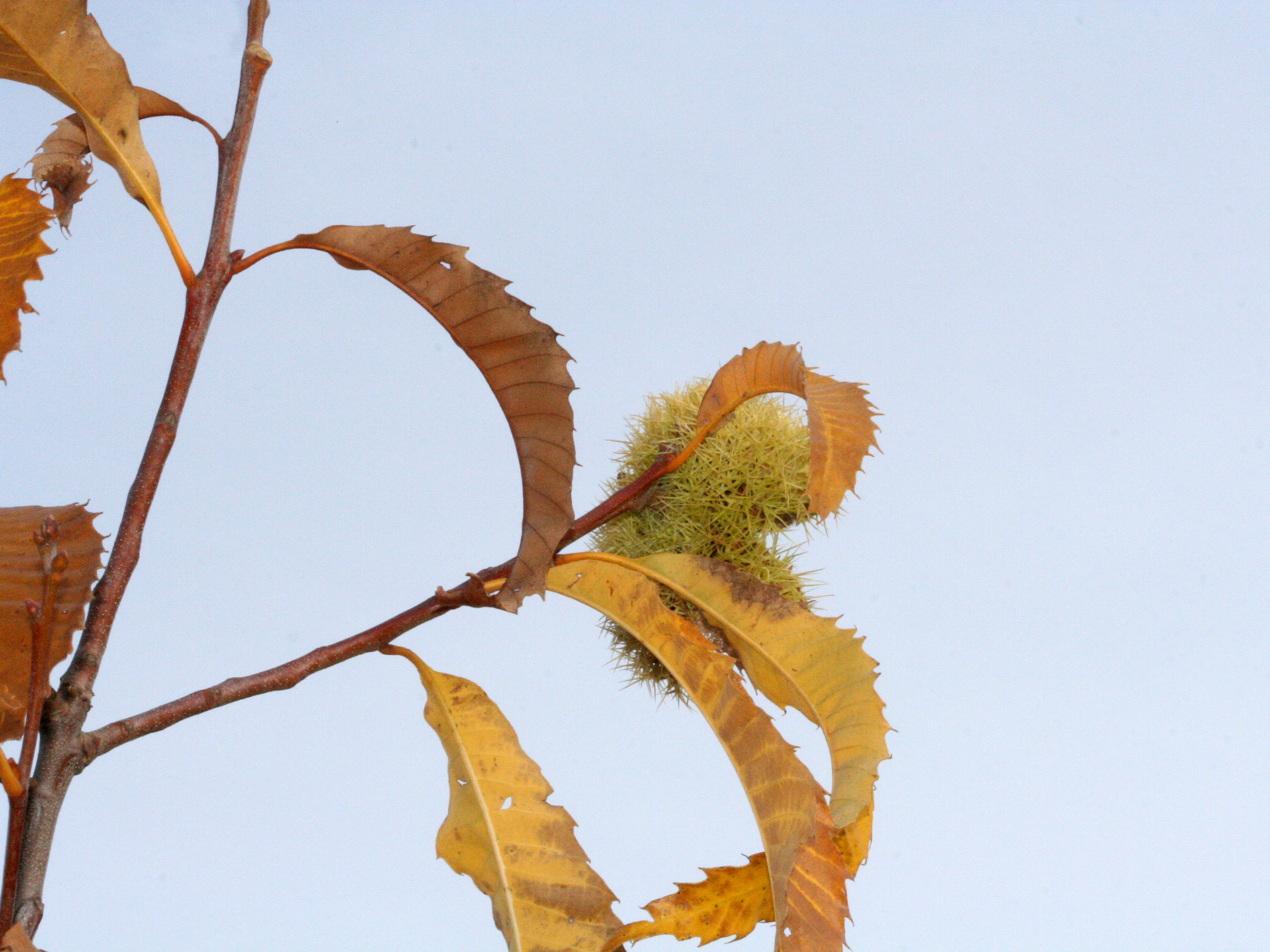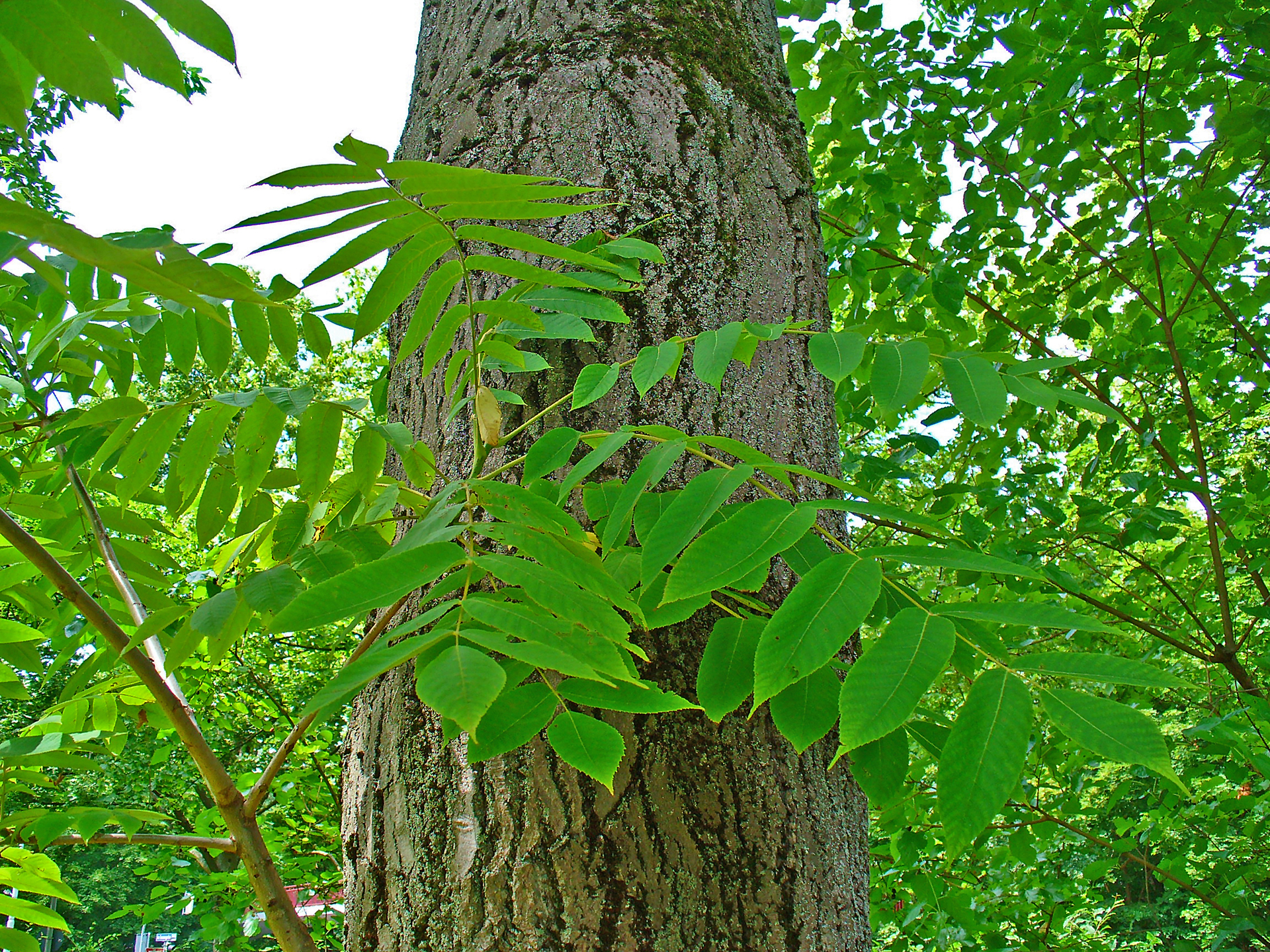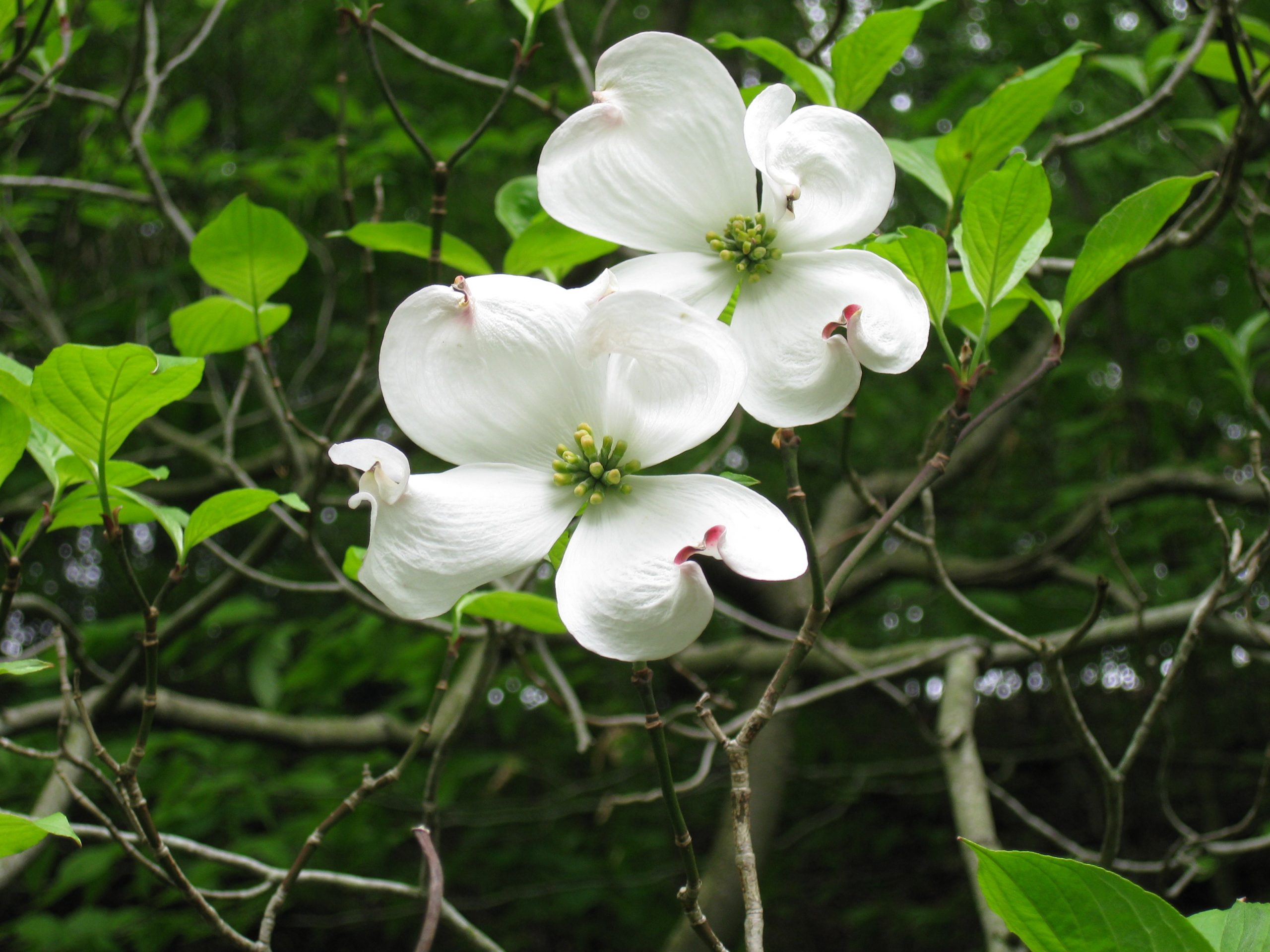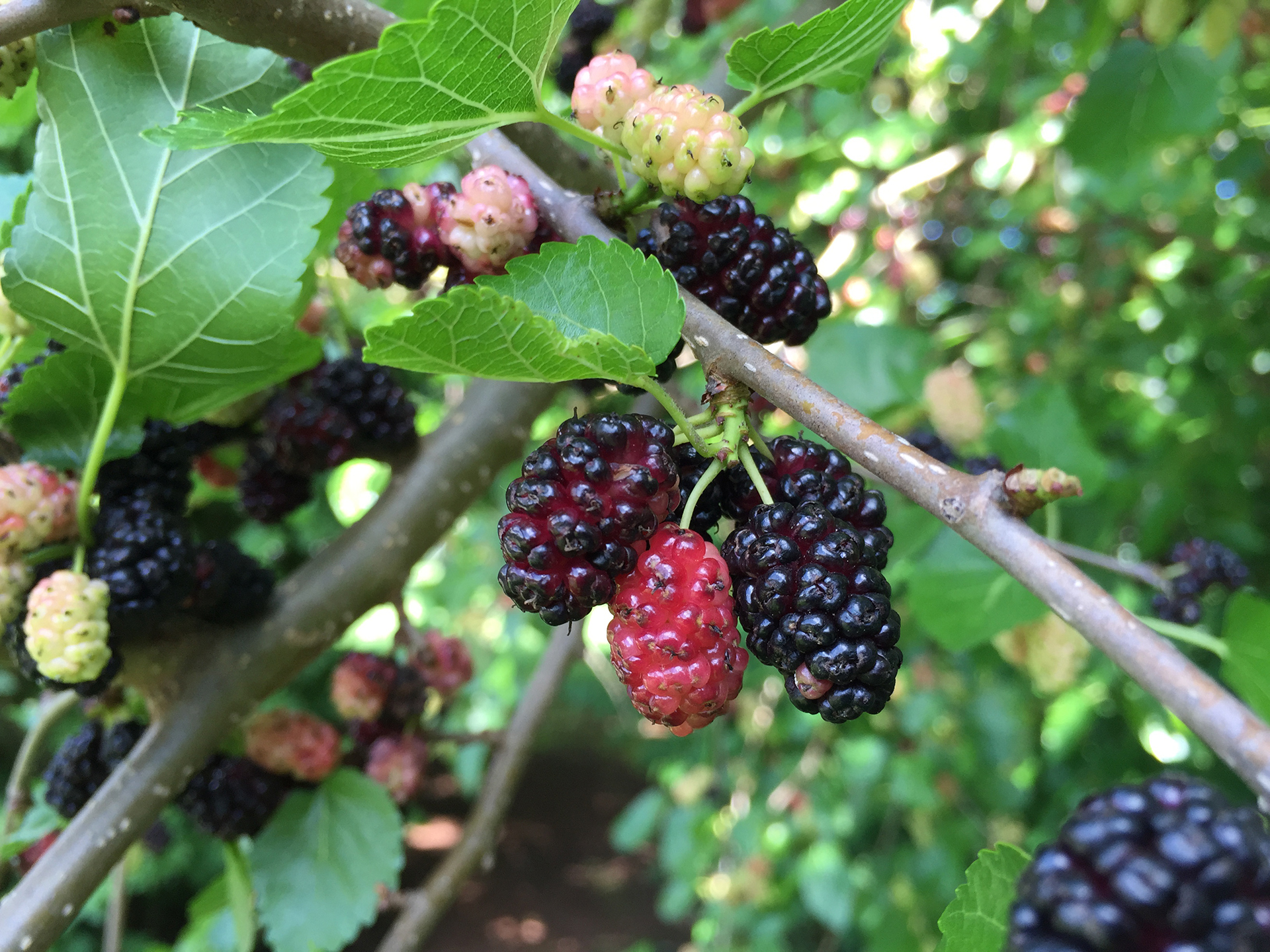| Membership | Price (+HST) |
|---|---|
| Single | $85/year |
| Single Plus | $120/year |
| Family | $130/year |
| Family Plus | $175/year |
| Contributing | $300/year |
| Supporting | $600/year |
| Sustaining | $1,000/year |
| Benefactor's Circle | $2,500/year |
| Director's Circle | $5,000/year |
| President's Circle | $10,000/year |
4 Ontario Trees on the Brink
By Christie Brodie, Interpretation Projects Coordinator, Royal Botanical Gardens.
Trees are an important part of nearly all ecosystems. They provide us with shade, clean air, food, medicine, building materials, and more. Many things threaten our forest ecosystems and have caused some native species of trees to become at risk.
The Species at Risk Act evaluates the status of plants, fungi, and animals across Canada. They maintain a species list that identifies species at risk of extinction or extirpation and places them on a scale of risk.
We feature four trees native to Ontario in this blog, all which are all listed as endangered. A team effort between our Botany, Horticulture, and Natural Lands teams are working to support these species throughout our collections and nature sanctuaries.
American Chestnut (Castanea dentata)

American Chestnuts have some of the strongest and most decay-resistant wood of all trees native to North America, reaching towering heights of up to 35 metres (115 feet) tall. This tough tree was once common in forests throughout Southwestern Ontario.
Attacked by a blight disease for the past century, American Chestnuts are now a rare sight. The blight has also limited their growth by affecting their trunks. Most American Chestnuts can no longer grow past 10 metres (33 feet), which is less than a third of their potential.
To support this species, two saplings were planted in the Helen M. Kippax Garden in Hendrie Park a few years ago.
Butternut (Juglans cinerea)

Butternuts are often mistaken and confused with Black Walnut trees, but can be differentiated by their unique fruit, nuts, and bark. They can reach heights of up to 25 metres (82 feet). Despite growing quite tall, Butternuts are short-lived trees, living only up to 80 years.
These trees were already scattered and uncommon throughout the mixed deciduous forests they call home here in Ontario and are now a rare find. Victim to a canker disease and threats from hybridization with non-native walnut species are putting this tree at risk.
Butternuts are still found within our nature sanctuaries.
Eastern Flowering Dogwood (Cornus florida)

The beautiful, large, flower-like bracts of the Eastern Flowering Dogwood make this endangered beauty very easy to identify in spring. A popular ornamental plant, there are many cultivated varieties that exist. We have a collection showcasing the splendour of these trees at our Arboretum.
Only found in Carolinian forests, this understory tree only grows up to 10 metres (33 feet) fall. Eastern Flowering Dogwoods are becoming increasingly uncommon as they are being hit hard by an anthracnose fungus. The fungus targets leaves, but then is easily spread to buds, twigs, and branches where it forms large cankers that kill off the branches, if not the entire tree.
Red Mulberry (Morus rubra)

Red Mulberries are a Carolinian forest tree most known for their fleshy, edible fruits that resemble a blackberry. These fruit-bearing trees do not grow tall, reaching only up to 9 metres (30 feet) tall.
Red Mulberry trees are burdened with a variety of threats, leading them to be listed as endangered. They are attacked by diseases that lead to twig blight and dieback, which weakens the trees overall. Like Butternuts, hybridization and crossbreeding with the non-native ornamental White Mulberry is threatening this tree even further. Red Mulberries are also sensitive to drought, and a prolonged dry period will lead to decline and potentially death in the trees.
The rich Niagara Escarpment talus slopes in some of our nature sanctuaries support a population of Red Mulberry trees.
More from the RBG Blog
Check out RBG’s blog for announcements, articles, and more from Canada’s largest botanical garden.
Want to be sure you hear first? Sign up for our weekly e-newsletter to hear about upcoming events, weekend activities, articles, and more!












